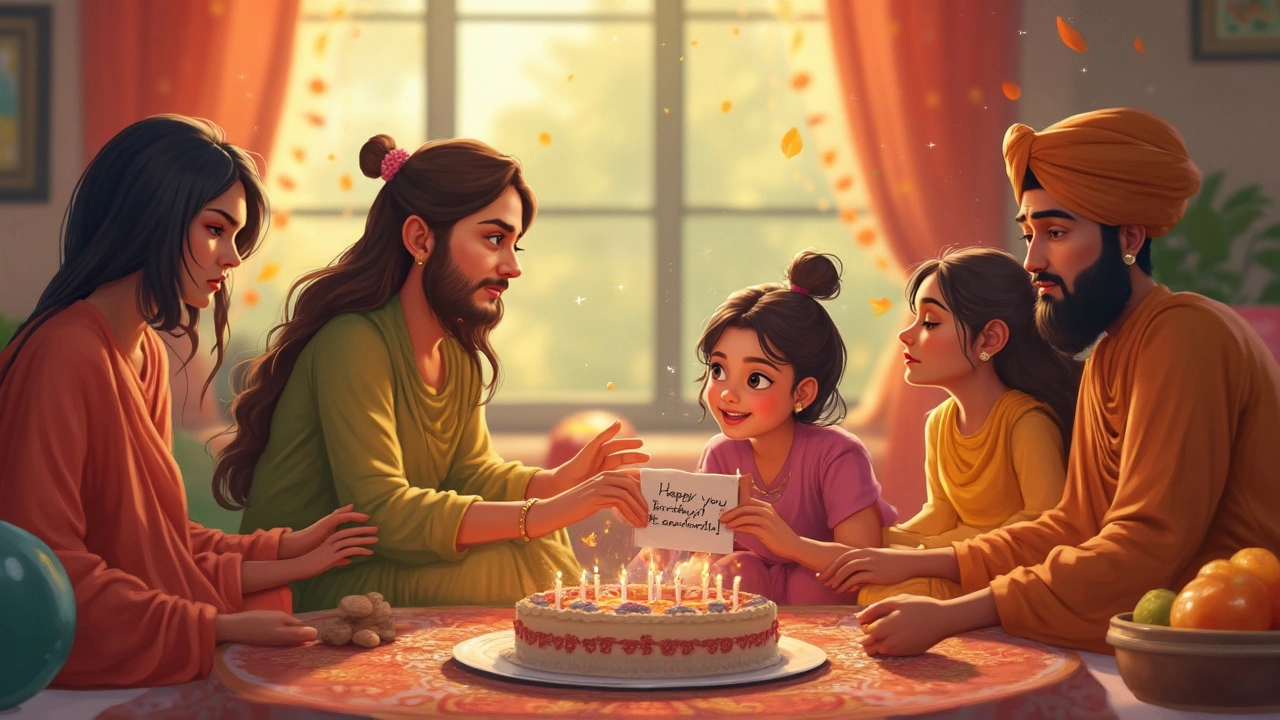Punjabi Greetings – Warm Wishes for Every Occasion
When you hear Punjabi greetings, short phrases used to convey good wishes in the Punjabi language. Also known as Punjabi salutations, they blend warmth, cultural pride, and often a hint of humor.
Understanding these greetings starts with the Punjabi language, the Indo‑Aryan tongue spoken by millions in Punjab and the diaspora. Its melodic tones make every "Sat Sri Akal" or "Wassup" feel like a hug. The language’s rich vocabulary lets speakers switch from formal to playful in a heartbeat, which is why Punjabi greetings can sound reverent at a wedding and cheeky on a WhatsApp chat.
Punjabi greetings sit inside a bigger family of Indian greetings, the diverse set of salutations used across India’s many languages and regions. While "Namaste" works everywhere, a Punjabi "Sat Sri Akal" instantly signals Sikh identity. This overlap means you can blend greetings: start with "Namaste" for strangers, then switch to "Sat Sri Akal" with friends who share the culture.
Festivals give these phrases extra sparkle. During Diwali, the Hindu festival of lights celebrated across India, Punjabis often say “Dhanteras di lakh lakh vadhaiyan” or “Deepavali di shubhkamnaayein”. The celebration fuels a burst of new greetings, emojis, and social‑media captions that spread joy faster than fireworks.
Religion adds another layer. In Sikh traditions, greetings like "Sat Sri Akal" carry spiritual weight, as they invoke the timeless truth of God. The phrase not only opens a conversation but also reminds speakers of humility and community, making it a cornerstone of Sikh culture.
Practical tip: when you share a Punjabi greeting on a birthday card, a group chat, or a wedding invitation, keep it short, add a personal touch, and match the tone to the event. A quick "Mubarak ho!" works for anniversaries, while a heartfelt "Rab tuhanu hamesha khush rakhe" adds depth for more solemn moments. Use these phrases naturally and let the listener feel the warmth.
Variations are endless. Formal settings favor full sentences like "Tuhada din shubh ho" (May your day be auspicious), while casual banter might use slang like "Ki haal aa?" (What’s up?). Knowing when to sprinkle a religious line versus a simple "Happy New Year" can help you navigate family gatherings, office parties, or online forums without missing a beat.
Below, you’ll find a hand‑picked collection of Punjabi greeting examples, festival wishes, and usage tips. Whether you’re writing a text, designing a card, or just want a quick phrase to impress friends, the list ahead covers the range you need.
